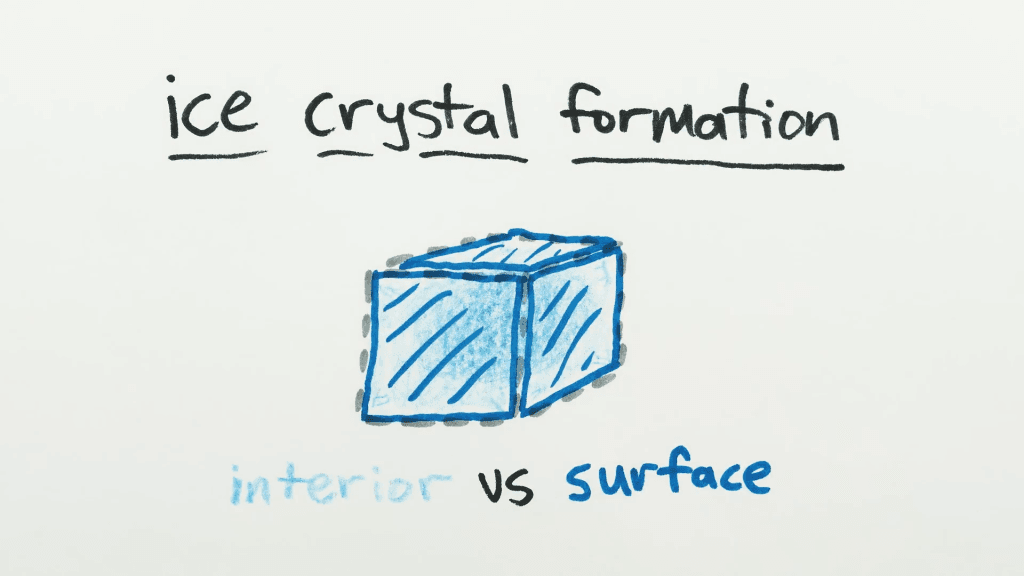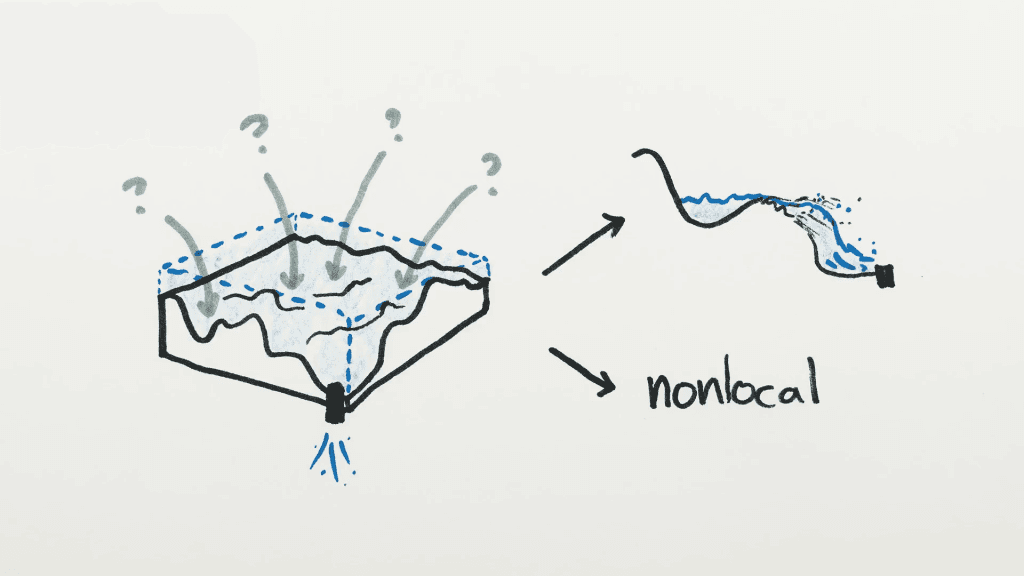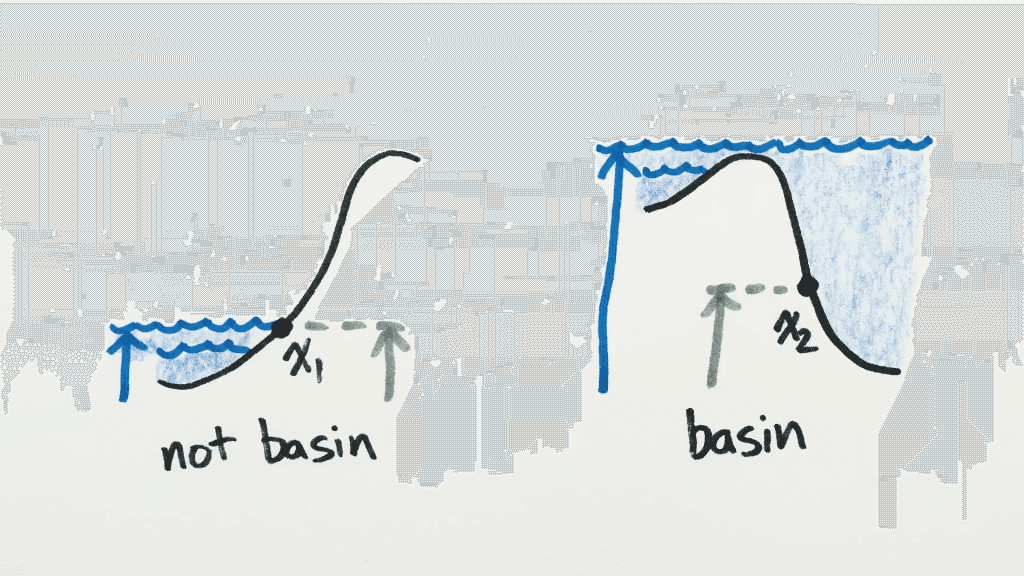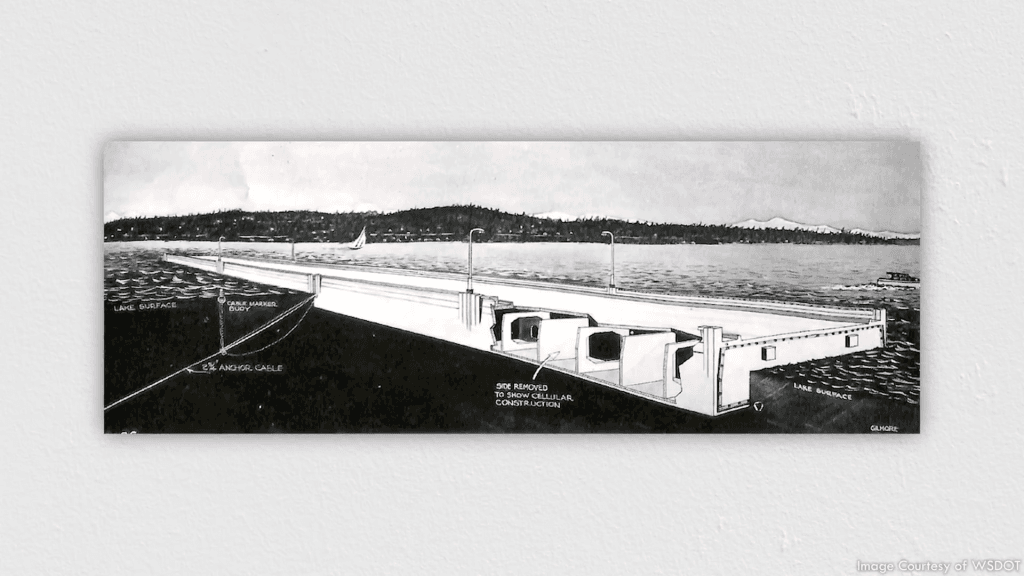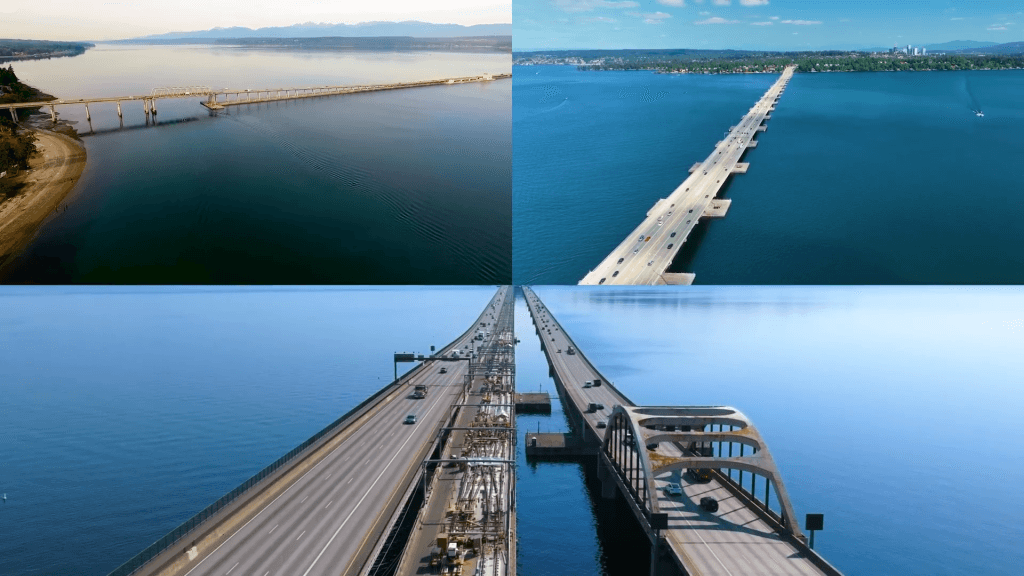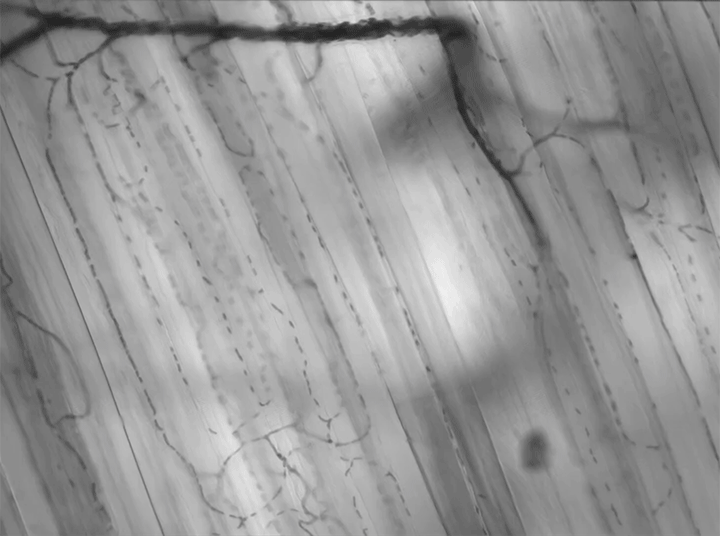When supercooled, water can remain a liquid even below its freezing point. As explained in this Minute Physics video, this happens because of a tug-of-war between effects in the water. Generally speaking, having impurities in the water or smacking the bottle will shift that battle enough for freezing to win out. But it’s possible–theoretically, at least–to create a situation where supercooled water can never freeze. (Video and image credit: Minute Physics)
Category: Phenomena

Spores Get a Lift
Mushrooms have the challenging task of dispersing spores, typically from heights no more than a few centimeters above the ground. At that altitude, viscosity and friction with the ground mean that air barely moves, if it does at all. And mushrooms rely on a wide range of methods, from explosive launches to rain assistance to making their own weather. Every one of these methods gives spores a lift in altitude to reach higher winds and greater dispersal. (Image credit: A. Bejczi/CUPOTY; via Colossal)

Draining Topography is Hard
At first glance, draining an ocean seems simple like a simple problem: just put a drain at the lowest point. But, as shown in this Minute Physics video, the problem is harder than it sounds because drainage depends not just on a point’s elevation but also on the path that leads to the drain. Fortunately, Henry has some clever methods for figuring out which areas would drain and how. (Video and image credit: Minute Physics)

Fluids at the Angstrom-Scale
We spend our lives dealing with fluids at a scale where the motion of individual molecules is beneath our notice. There’s no reason to track every molecule of water moving through a municipal pipe; it’s effectively impossible, anyhow! But once you are dealing with pipes that are small enough–below about 1 nanometer in diameter–fluids have to be considered molecule-by-molecule. At this scale, so-called angstrofluidics behave very differently.
Intuition suggests that flow through such tiny channels would be extremely slow, however researchers have observed protein channels that allow a single water molecule through at a time while still processing a billion molecules each second. Combine this throughput with charged channel walls that can sort molecules by polarity, and angstrofluidics offers the possibility for unprecedented control for filtering, desalination, and drug testing. (Image credit: T. Miroshnichenko; see also R. Boya et al.)

Floating Bridges
For most of history, floating bridges have been temporary structures, often used by militaries crossing water, but over the course of the twentieth century, engineers learned to build more permanent floating bridges. These structures require very particular conditions–calm waters, minimal ice, and so on–but they can be great options for crossing lakes where the traditional anchoring options for a bridge just don’t exist. In this Practical Engineering video, Grady discusses some of the challenges and innovations of these unusual bridges. (Video and image credit: Practical Engineering)

Competing Time Scales
Fluid dynamics often comes down to a competition between the different forces acting in a flow. Inertia, surface tension, viscosity, gravity, rotation — flows can be affected by all of these and more. In this video, researchers describe the three dominant forces in a rotating fluid like a planet’s atmosphere: viscosity, the fluid’s resistance to flowing; inertia, the fluid’s resistance to accelerating; and rotation, the overall spin of a fluid.
As shown in the video, which of these three forces dominates will change depending on the speed at which the force acts. We quantify this concept using time scales; the force with the smallest time scale can act fastest and will, therefore, win the tug-of-war. (Video and image credit: UCLA SpinLab)

Buccaneer Archipelago
Off western Australian, hundreds of low-lying islands and coral reefs jut into the ocean as part of the Buccaneer Archipelago. Tides here have a range of nearly 12 meters, so water rips through the narrow channels as the tide ebbs and flows. These fast flows lift sediment that dyes the water a bright turquoise. (Image credit: M. Garrison; via NASA Earth Observatory)

Why Most Wind Turbines Are 3-Bladed
Although wind turbines can have any number of blades, most that we see have three. The reasons for that are many, as explained in this Minute Physics video. In terms of physics, wind turbines with more blades produce more torque, but they pay for it with more drag. Engineering-wise, wind turbines with odd numbers of blades have less uneven forces on them, and, thus, cost less. And, finally, people just prefer the look and sound of 3-bladed wind turbines over other forms! (Video and image credit: Minute Physics)

Circulation in a Capillary Network
Today’s video shows red blood cells flowing through a capillary network in a rat’s skeletal muscle. At this resolution, our eyes can follow the paths of individual red blood cells squeezing through each capillary, as well as the faster blur of thicker capillaries where many cells can pass at once. Watching videos like this is a great way to build intuition for particle image velocimetry, streaklines, and other flow visualization methods as our brains can readily recognize where the cells are moving fast and where they are slower. (Video and image credit: Dr. G. McEvoy et al.; via Colossal)

Protecting Wildlife from Underwater Construction
The loud noises of construction are not just an issue for humans. Sound and pressure waves from underwater construction are a problem for water-dwellers, too. So engineers use bubble curtains around a construction site to help reduce the amount of sound that escapes. Water and air transmit sound very differently; in acoustic terms, they have very different impedance. You’ve probably experienced this yourself if you’ve ever compared the sounds of a swimming pool above and below the surface. Because some of a sound’s intensity gets lost in the water –> air –> water transition, a bubble curtain can halve the sound pressure transmitted from equipment. (Video and image credit: Practical Engineering)


